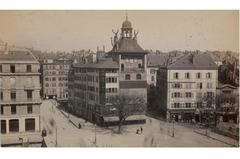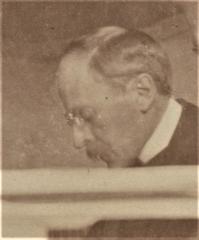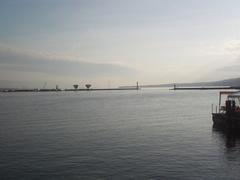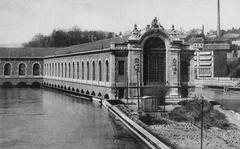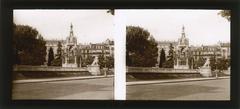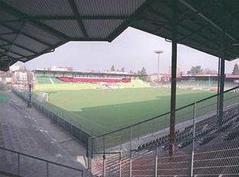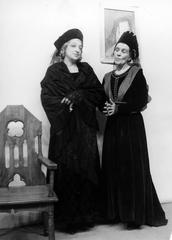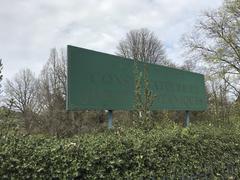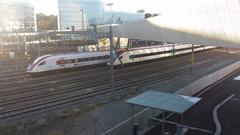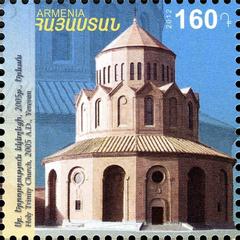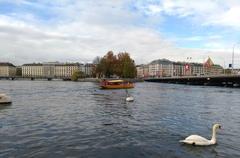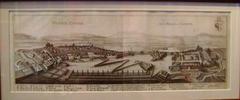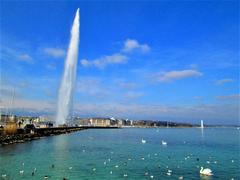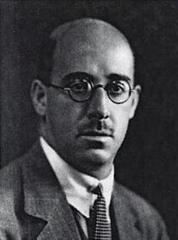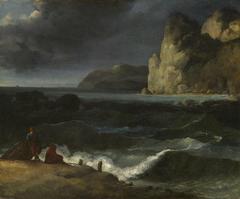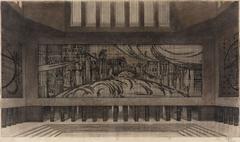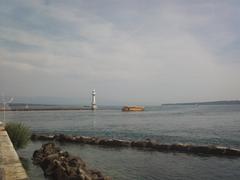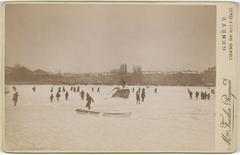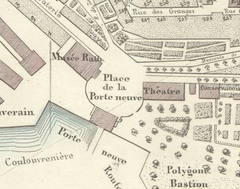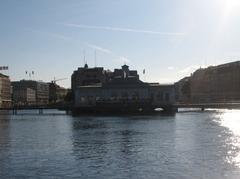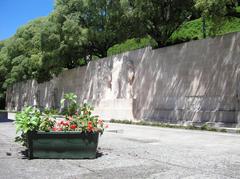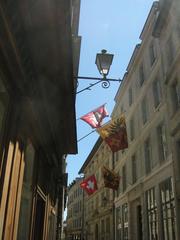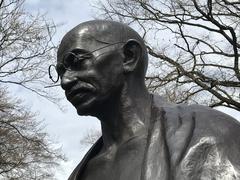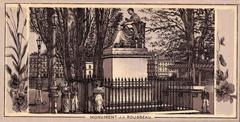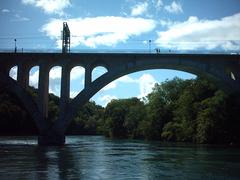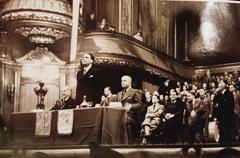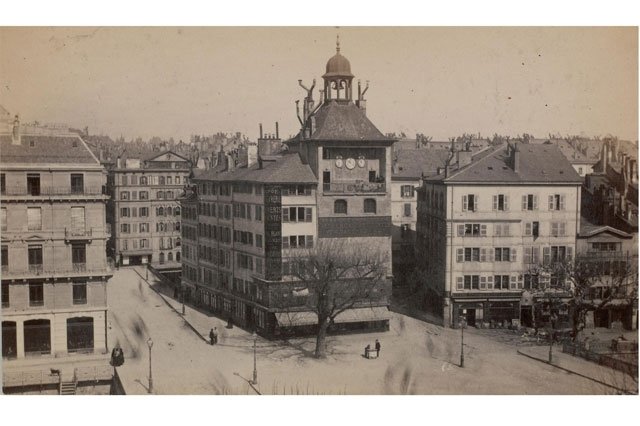
Visiting Tour de l’Ile: History, Tickets, and Tips in Geneva
Date: 01/08/2024
Introduction
The Tour de l’Ile, or Tower on the Island, is one of Geneva, Switzerland’s most iconic historical landmarks. Its rich history, dating back to the 13th century, provides a fascinating glimpse into the city’s past and its strategic importance over the centuries. Originally part of a fortified castle built by Bishop Aymon de Grandson, the tower was constructed to safeguard Geneva from potential invasions. This strategic location on a small island in the Rhône River made it a crucial defensive structure for the city. Even though the castle was demolished in the 17th century, the Tour de l’Ile has been preserved and stands as a testament to Geneva’s resilience and historical significance (Fodor’s Travel, MySwitzerland). Today, while the tower itself is not open to the public, it remains a significant tourist attraction, surrounded by historical plaques and nearby sites that enrich visitors’ understanding of Geneva’s storied past (GPSmyCity).
Table of Contents
- Introduction
- History of Tour de l’Ile
- Visitor Information
- Travel Tips
- Nearby Attractions
- Accessibility
- Conclusion
- Call to Action
History of Tour de l’Ile
Origins and Early History
The Tour de l’Ile dates back to the 13th century when it was part of a fortified castle built by Bishop Aymon de Grandson. The castle was constructed to protect Geneva from potential attacks via the bridge that connected the island to the mainland. This strategic location made it crucial for the city’s defense (Fodor’s Travel).
The Castle and Its Demolition
Completed in 1219, the castle was a formidable structure that played a vital role in Geneva’s defense. However, by the 17th century, it had outlived its military usefulness and was demolished in 1677. The only surviving part is the Tour de l’Ile, preserved over the centuries (GPSmyCity).
Strategic Importance
Located on a small island in the Rhône River, the Tour de l’Ile was a strategic checkpoint for trade routes linking northern and southern Europe. Historical events such as Julius Caesar’s destruction of the bridge in 58 BC highlight its significance, marking Geneva’s entry into recorded history (MySwitzerland).
Fortifications and Military Role
Geneva’s strategic importance led to extensive fortifications, including around the Tour de l’Ile. By the 15th century, the city was heavily fortified with double walls and moats, becoming a formidable stronghold. These fortifications were not fully dismantled until 1849 (Hodinkee).
Political Changes and the Grand Council
In the 15th century, Geneva’s political landscape changed significantly. The territory came under the Duke of Savoy, who attempted to gain control of the city by promoting family members to the office of Bishop of Geneva. However, public pressure led to the establishment of the Grand Council of Geneva, which still serves as the city’s legislature today (Hodinkee).
Architectural and Archaeological Significance
The Tour de l’Ile has undergone several renovations and archaeological excavations over the years. Notable renovations took place in 1898, 1938, and 1957, ensuring the tower’s preservation. These efforts have revealed much about its construction and historical significance (Hodinkee).
Modern-Day Relevance
Today, the Tour de l’Ile stands as a testament to Geneva’s rich history and strategic importance. Although it is not open to the public, it remains a significant landmark attracting tourists and history enthusiasts alike. The surrounding area, including the nearby Brasserie des Halles de l’Ile, offers visitors a chance to explore Geneva’s historical and cultural heritage (MySwitzerland).
Historical Plaques and Commemorations
Visitors can find commemorative plaques that provide insights into the tower’s historical significance. These plaques highlight key events such as Julius Caesar’s destruction of the bridge and the tower’s role in Geneva’s defense and trade (MySwitzerland).
The Tower’s Role in Geneva’s Identity
The Tour de l’Ile is more than just a historical monument; it is a symbol of Geneva’s resilience and strategic importance. Its preservation and the stories it holds contribute to the city’s identity as a major European trade center and a hub of political and military activity (Fodor’s Travel).
Visitor Information
Tickets
Currently, the Tour de l’Ile is not open to the public, so there are no ticket requirements. However, the surrounding area is accessible and offers plenty of historical insights through plaques and nearby attractions.
Opening Hours
As the tower itself is not open to visitors, there are no specific opening hours. The surrounding area, including the nearby Brasserie des Halles de l’Ile, is generally accessible to the public during standard business hours.
Travel Tips
Best Times to Visit
The best time to visit the Tour de l’Ile and its surroundings is during the spring and summer months when the weather is pleasant, and outdoor exploration is more enjoyable.
What to Bring
Comfortable walking shoes, a camera for capturing the historical sites, and a guidebook or mobile app for additional information about Geneva’s historical landmarks.
Nearby Attractions
- St. Pierre Cathedral: A significant historical and architectural site.
- The Reformation Wall: A monument commemorating the leaders of the Protestant Reformation.
- The Old Town: Offers a variety of shops, cafes, and historical buildings.
Accessibility
The area around the Tour de l’Ile is generally accessible, but some parts may be challenging for visitors with mobility issues. It is advisable to check local resources for detailed accessibility information.
Conclusion
The Tour de l’Ile is a crucial piece of Geneva’s historical tapestry. From its origins as part of a 13th-century castle to its role in trade and defense, the tower has witnessed and withstood the test of time. Its preservation allows current and future generations to appreciate and learn from Geneva’s storied past. For those interested in history, architecture, and the strategic significance of historical sites, the Tour de l’Ile offers a fascinating glimpse into the legacy of one of Europe’s most important cities (Hodinkee, The Culture Trip). Plan your visit to explore this iconic symbol of Geneva’s heritage today.
Call to Action
For more information about Geneva’s historical sites, download the Audiala app, check out our other related posts, or follow us on social media for the latest updates.
References
- Fodor’s Travel. (n.d.). Tour de l’Ile review. Retrieved from Fodor’s Travel
- GPSmyCity. (n.d.). Tour de l’Ile (Tower on the Island). Retrieved from GPSmyCity
- MySwitzerland. (n.d.). Pont et Tour de l’Ile. Retrieved from MySwitzerland
- Hodinkee. (n.d.). Inside Tour de l’Ile: Vacheron Constantin Geneva. Retrieved from Hodinkee
- The Culture Trip. (n.d.). The Top 10 Things to See and Do in Geneva’s Old Town. Retrieved from The Culture Trip
